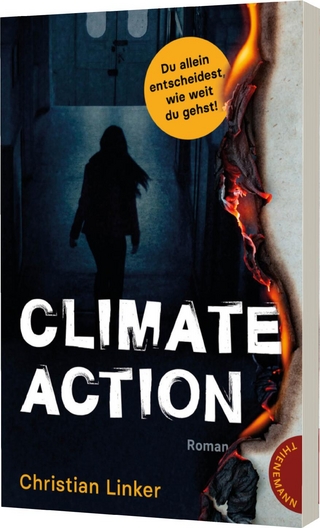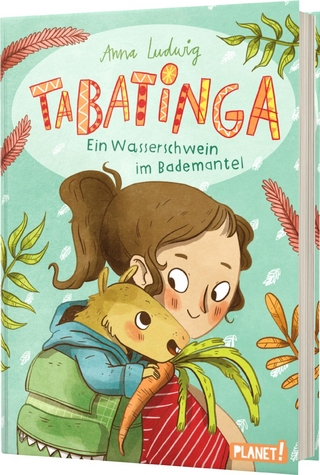
Rebuilding the Natural Environment, Grade 10
Routledge (Verlag)
978-1-032-19977-1 (ISBN)
Rebuilding the Natural Environment outlines a journey that will steer your students toward authentic problem solving while grounding them in integrated STEM disciplines. Like the other volumes in the series, this book is designed to meet the growing need to infuse real-world learning into K–12 classrooms.
This interdisciplinary, four-lesson module uses project- and problem-based learning to help students connect their existing knowledge about energy production and its effects on the natural environment to create innovations in renewable sources of energy based on research evidence. Working in teams, students will design an innovative way to meet society’s energy needs and develop a pitch to market their innovation, focusing on how the innovation will optimize human experiences while being mindful of the natural environment. To support this goal, students will do the following:
• Understand several forms of renewable, sustainable energy sources.
• Apply their understanding of how alternators are used to generate electricity in lab experiments, as well as explain how tools such as windmills and dams are used to operate them.
• Describe how electricity is generated in photovoltaic cells.
• Calculate the amount of electricity consumed by several household items and consider this consumption when determining the average monthly energy consumption of households around the world in comparison to U.S. households.
• Understand how fossil fuels have been used in the production of electricity and the impact they have had on the world’s economy, humans’ quality of life, and the earth.
• Identify several hindrances to the creation of new energy sources as well as ideas to counter them.
• List several factors that can be used to motivate people from all walks of life to use renewable and sustainable energies.
• Create a fictional company that uses renewable energies.
The STEM Road Map Curriculum Series is anchored in the Next Generation Science Standards, the Common Core State Standards, and the Framework for 21st Century Learning. In-depth and flexible, Rebuilding the Natural Environment can be used as a whole unit or in part to meet the needs of districts, schools, and teachers who are charting a course toward an integrated STEM approach.
Carla C. Johnson is Professor of Science Education in the College of Education and Office of Research and Innovation, and a Faculty Research Fellow at North Carolina State University in North Carolina, USA Janet B. Walton is Senior Research Scholar at North Carolina State University in North Carolina, USA Erin E. Peters-Burton is the Donna R. and David E. Sterling Endowed Professor in Science Education at George Mason University in Virginia, USA
Part 1: The STEM Road Map: Background, Theory, and Practice
1 Overview of the STEM Road Map Curriculum
2 Strategies Used in the STEM Road Map Curriculum
Part 2: Rebuilding the Natural Environment: STEM Road Map Module
3 Rebuilding the Natural Environment Module Overview
4 Rebuilding the Natural Environment Lesson Plans
5 Transforming Learning with Rebuilding the Natural Environment and the STEM Road Map Curriculum Series
| Erscheinungsdatum | 03.05.2022 |
|---|---|
| Reihe/Serie | STEM Road Map Curriculum Series |
| Zusatzinfo | 37 Tables, black and white; 3 Line drawings, black and white; 3 Illustrations, black and white |
| Verlagsort | London |
| Sprache | englisch |
| Maße | 210 x 280 mm |
| Gewicht | 453 g |
| Themenwelt | Kinder- / Jugendbuch ► Sachbücher ► Tiere / Pflanzen / Natur |
| Schulbuch / Wörterbuch ► Unterrichtsvorbereitung | |
| Naturwissenschaften ► Physik / Astronomie | |
| Sozialwissenschaften ► Pädagogik ► Schulpädagogik / Sekundarstufe I+II | |
| Technik ► Umwelttechnik / Biotechnologie | |
| ISBN-10 | 1-032-19977-6 / 1032199776 |
| ISBN-13 | 978-1-032-19977-1 / 9781032199771 |
| Zustand | Neuware |
| Haben Sie eine Frage zum Produkt? |
aus dem Bereich


